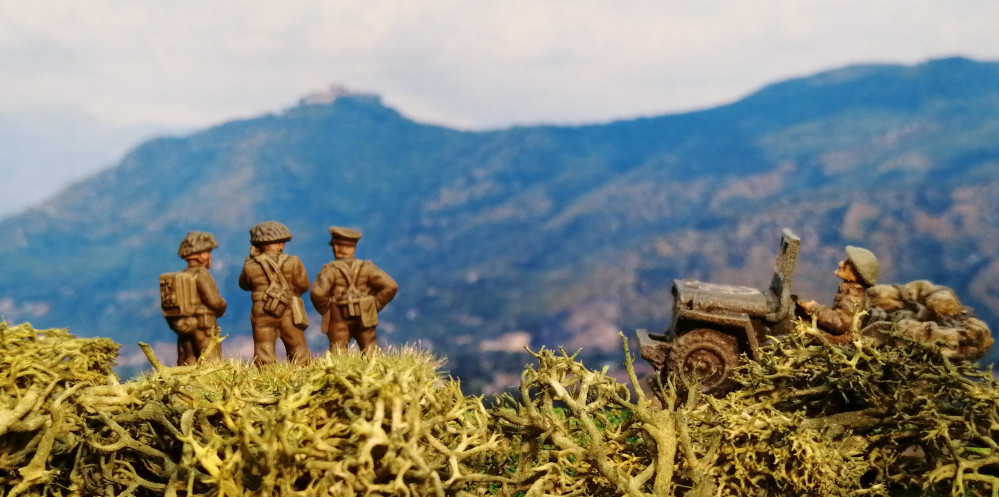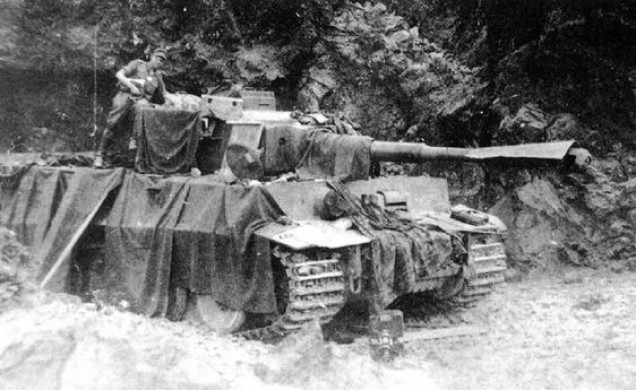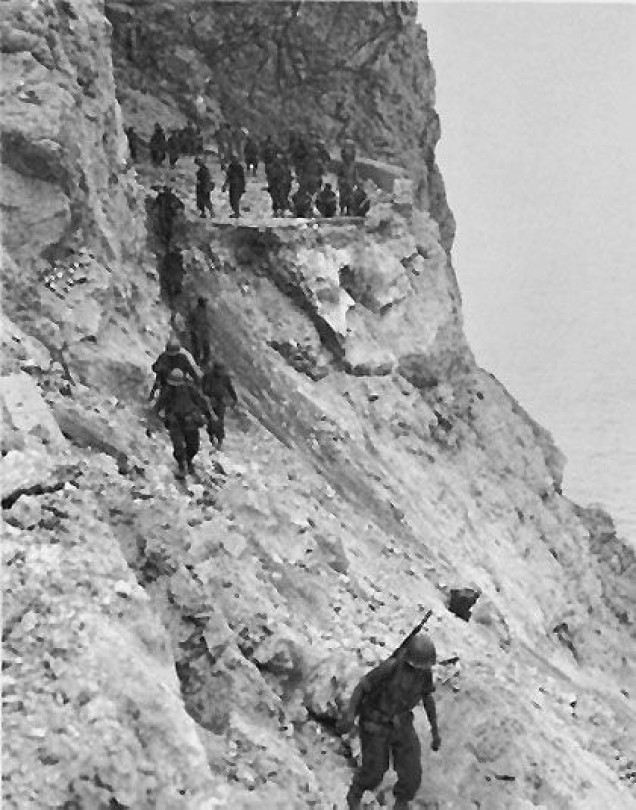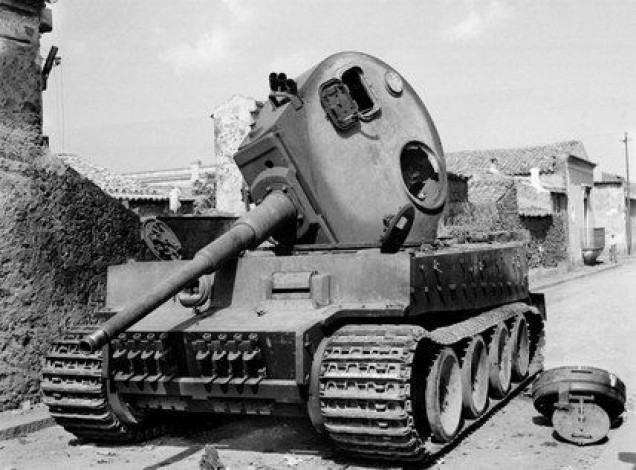
75th Anniversary of the Battle of Monte Cassino and Northern Italy (Gaming The Battles)
Sicily Falls into Allied hands
In the last week of July, Allied troops took a few days to reorganise and consolidate before pushing forward toward the Etna Line. This defensive line around the South Western side of Mt Etna ran from the North coast to Catania on the East Coast. Montgomery launched the British attack on 1st August 1943 and targeted the town of Adrano, half way along the line to try to split the German defenders.
Troops from the British 78th Division and Canadian 3rd Brigade moved forward on the night of the 1st August, aiming to capture a hill overlooking Adrano. They found the position defended by the Hermann Goring Division and supported by Fallschirmjager, who were well prepared and dug in. Heavy fighting continued throughout the 2nd August as the Allied troops made gradual progress up the hill while also moving into the town of Adrano. By the morning of the 3rd August, Adrano was cleared of German defenders and the Allies had split the German defensive line.
To the North, Patton was advancing two separate divisions Eastward, the 45th along the coast while 1st took an inland road. On the 31st July, 1st Division encountered the 15th Panzer Grenadier Division dug in around the town of Troina. Like the British at Adrano, the decisive action was the capture of a hill overlooking the town on 7th August. From the lofty vantage point, US forces could accurately direct artillery on the defenders. This, coupled with the British break through on the German left flank, caused the defenders to gradually withdraw to a new defensive line set up further Eastward.
The fall of Adrano allowed the British 8th Army to continue their push Northwards. Over successive days, they continued to move forward capturing towns while the Germans fought a withdrawal back to the North Eastern port town of Messina. Kesselring had already realised that evacuation to the mainland was the most likely outcome and had already started a planned withdrawal.
Along the Northern coast, the Americans had a tougher time advancing. The Germans had demolished many of the bridges and coastal road making progress slow. The excellent defensive terrain allowed the defenders to harry the Americans at every opportunity. On several occasions, Patton had to order amphibious landings further along the coast to bypass and surround defensive pockets. Despite the difficulties, the US army entered Messina on 16th August.
The defenders started to withdraw from Sicily on the night of 11th August with the full withdrawal lasting until the 17th August. Despite Allied attacks, the Germans were almost completely successful in withdrawing back to the mainland. By the morning of 18th August, Sicily was completely in Allied hands.
The campaign came at some cost, the US army lost in excess of 8,700 men and almost 1,000 naval personnel. The British 8th Army suffered over 11,800 casualties and a further 300 naval personnel. Meanwhile, the German losses were estimated at between 20,000 and 28,000. The Italian army suffered significantly, with estimates put at 4,500 killed, 36,000 missing and 32,000 wounded. Over 100,000 Italians had been taken POW.













































































This is an awesome idea for a thread, @redvers – although it could have also been an historical article on the front page! 😀 Sicily is indeed an interesting campaign to read about, both Axis and Allies struggled with the problems inherent in coalition warfare. The rivalries between the US/Royal Navies and the ground forces, the rivalries between Patton’s 7th Army and Montgomery’s 8th Army, the relationships between FM Harold Alexander and General Eisenhower, all balanced against the issues between the German OKW and the Italian Commando Supremo, the chaos and collapse of Italian government, the German occupation, the initial… Read more »
Thanks very much. It is a hugely complex campaign and I’ve really only lightly brushed the surface of this ‘back ground’ build up to Monte Cassino. While it is smaller than Normandy, a lot was learnt from this campaign and built into the actions in Northern Europe. It also, as you point out, set in motion a number of threads that had a significant impact on the wider war. From maintaining the shipping lanes and contact with the far East, to forcing (or quickening) the fall of Mussolini and even delaying the actions on the Eastern front to buy more… Read more »